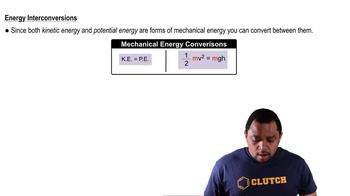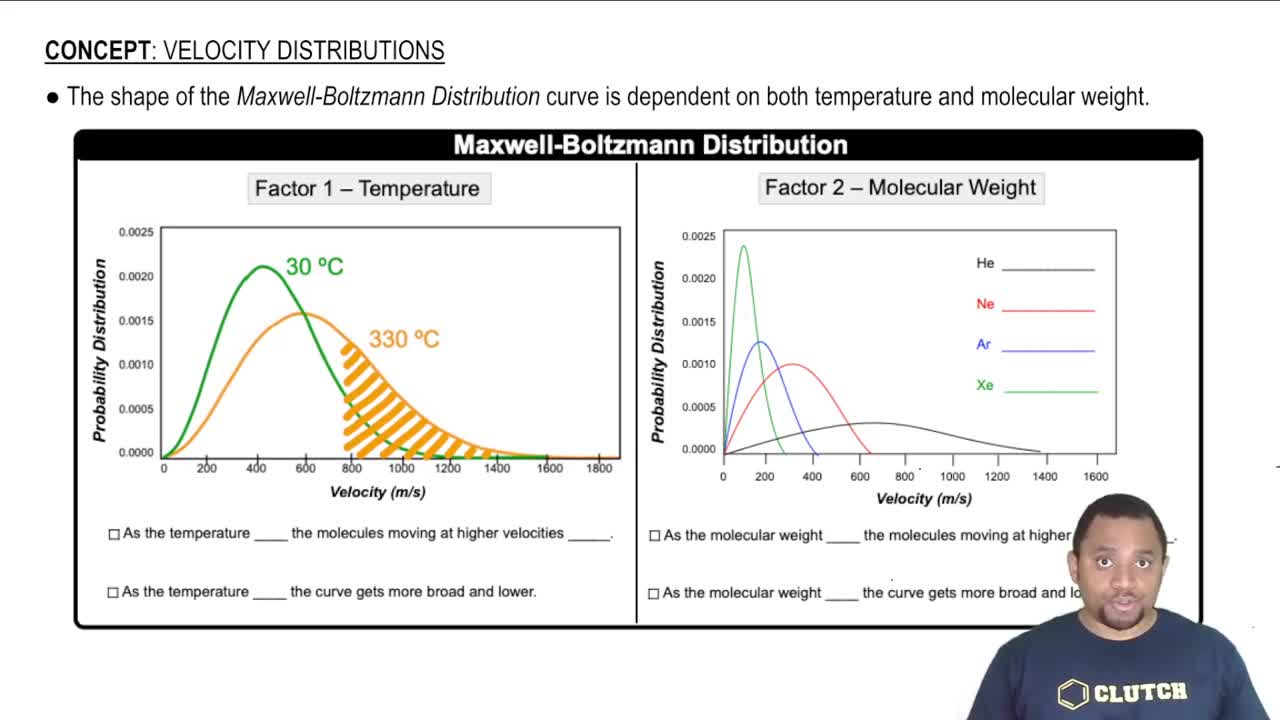For each of the following processes, would filtration, distillation, or chromatography be the most effective separation technique:
a. removing the pulp from freshly squeezed orange juice,
b. separating a food dye into its individual components,
c. desalinating seawater?




